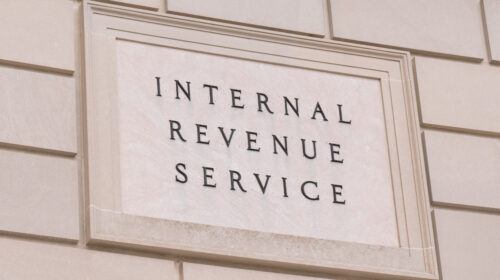Estimated Quarterly Taxes due September 16th

The Internal Revenue Service reminds taxpayers who pay estimated taxes that the deadline to pay their third quarter tax liability is September 16th. Taxpayers may have to pay estimated tax if the amount of income tax being withheld from their salary, pension or other income isn’t enough. If necessary, those who receive a salary or wages can avoid having to pay estimated taxes by asking their employer to withhold more tax from their earnings. To do this, taxpayers should submit a new Form W-4 to their employer. There is a special line on Form W-4 for them to enter the additional amount they want their employer to withhold.
Who must pay estimated tax?
Individuals, including sole proprietors, partners and S corporation shareholders, generally have to make estimated tax payments if they expect to have a tax liability of $1,000 or more when they file their return.
How to avoid an underpayment penalty
Taxpayers can avoid an underpayment penalty by owing less than $1,000 at tax time or by paying most of their taxes during the year. Generally, for 2024 that means making payments of at least 90% of the tax expected on their 2024 return, or taxpayers who pay at least 100 percent of the tax shown on their return for tax year 2023.
Special rules apply to some groups of taxpayers, such as farmers, fishers, certain higher income taxpayers, casualty and disaster victims, those who recently became disabled, recent retirees and those who receive income unevenly during the year. For more information, refer to Form 1040-ES.
The final estimated tax payment for tax year 2024 is due on January 15, 2025.
How to pay estimated taxes
The safest and quickest way to make your payments is through IRS Direct Pay which transfers funds from your bank account directly to the IRS for free (download the IRS2Go app to transfer from your phone). You can use a debit or credit card, but there will be a fee.
After you make the online payment, keep records of the confirmation number and amount paid as you will need these when preparing your tax return.
If taxpayers opt to mail a check or money order, they should make them payable to the “United States Treasury.”
Questions? Contact your accounting professional.
Source: IRS.gov